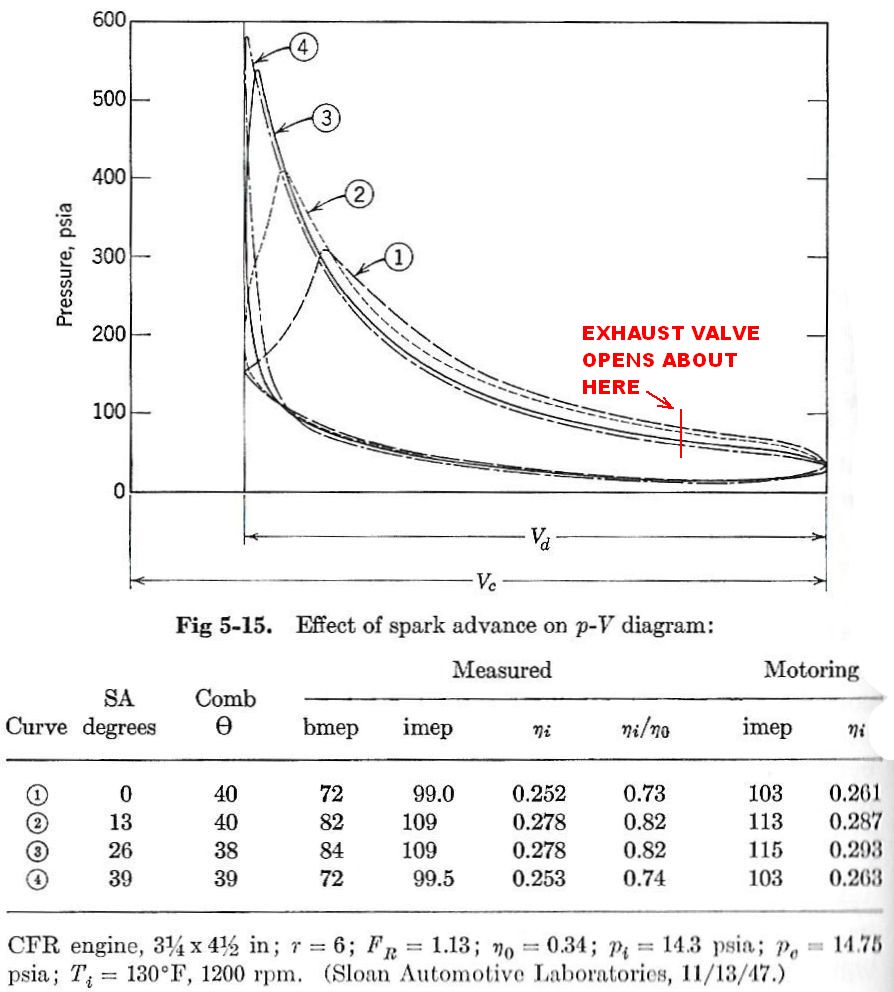I am trying to wrap my head around the relationship of ignition timing and its effect on EGT/Oil temp, this is on a IO390 engine with Electronic ignition advancing the timing and at around 4-5k AGL, so not high up.
Some tests has shown little effect of advancing beyond 23-24 BTDC at these level altitude. My test shows when I change my advance from a max of 24 BTDC to 30, I see a slightly higher oil temp but lower EGT (not touching the Manifold or mixture), I also pickup one to two knots, more often two.
Just though if some smarter people than me can break down what is happening here, cause and effect
Some tests has shown little effect of advancing beyond 23-24 BTDC at these level altitude. My test shows when I change my advance from a max of 24 BTDC to 30, I see a slightly higher oil temp but lower EGT (not touching the Manifold or mixture), I also pickup one to two knots, more often two.
Just though if some smarter people than me can break down what is happening here, cause and effect





